If you’ve ever had a Tarot reading or played with reading cards yourself, you’re probably familiar with the work of Pamela Coleman Smith, illustrator of the great-grandmother of all contemporary Tarot decks—The Rider Waite Smith Deck. First published in 1909, the illustrations in most contemporary decks are direct descendants of Smith’s work. Yet most people who engage with Tarot are unaware of Smith’s significant contribution to the world of Tarot. In my eyes, Pamela Coleman Smith is an Unsung Heroine.
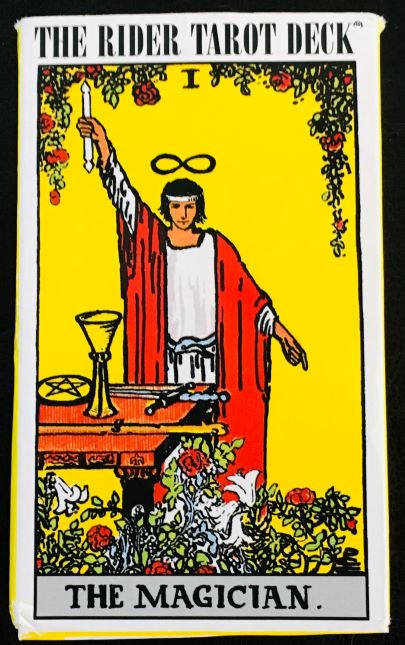
Smith was born in 1878 to Corrine Coleman, sister of the Hudson Valley School painter Samuel Coleman, and Charles Smith, an American businessman with international interests. The family lived in Manchester, England for a decade and then moved to Jamaica for several years. Smith became fascinated with Jamaican folk tales. One of her earliest publications, the Annancy Stories, was a retelling of these tales, which she both wrote and illustrated.
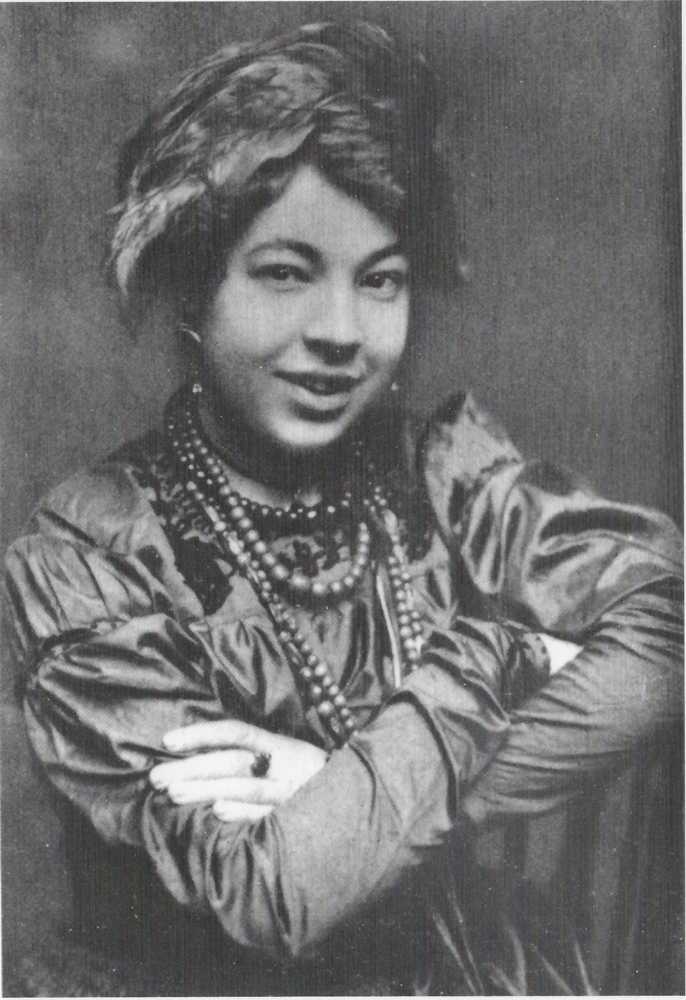
Smith comes by her interest in art and story-telling honestly. Both her great-grandparents wrote children’s books and several other ancestors were notable painters. Her great uncle was proprietor of an art gallery in NYC.
Returning to the US in adolescence, Smith studied art at the Pratt Institute in Brooklyn, NY. She achieved a fair amount of success in the US, illustrating sheet music and Christmas cards, which were sold through the New York Gallery that handled her work. Her drawings were used to illustrate some of William Butler Yeats’ work, marking the beginning of a long and productive friendship. Yeats’ belief that folklore was living mythology greatly influenced Smith’s subsequent work.
Smith’s mother died while she was at Pratt and in 1899 she both moved back to England and lost her father, one of her greatest champions. She was taken under the wing of Ellen Terry, one of Britain’s best-known actresses, and spent much of her time at the Lyceum Theatre, which was managed by Henry Irving and Bram Stoker. Smith toured with the Lyceum company, playing bit roles and learning about costume and set design.
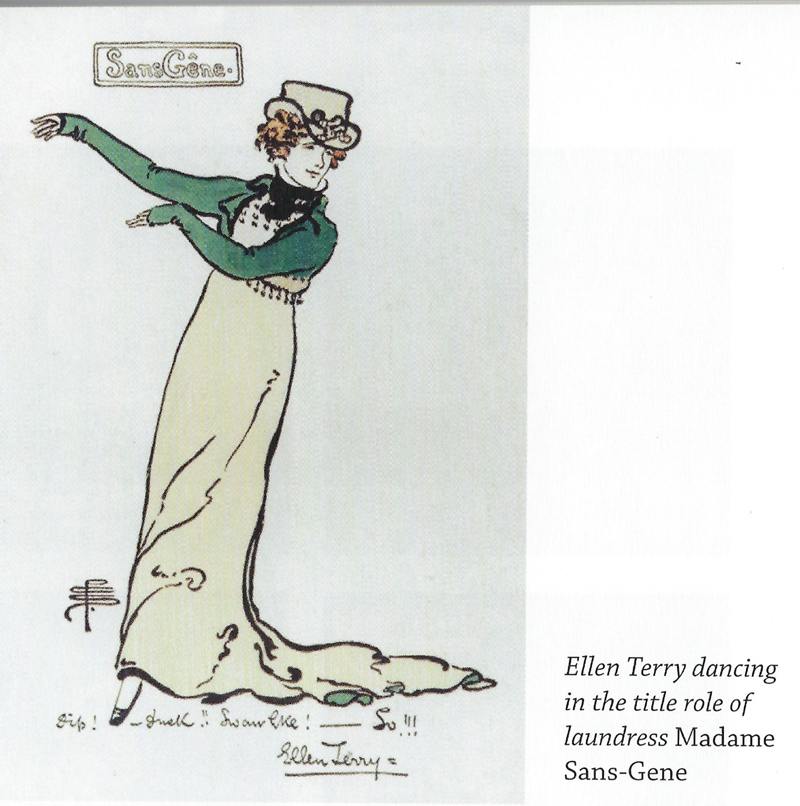
Smith also connected with the bold, bright and beautiful of her generation. She wrote and illustrated broadsheets & magazines and established her own weekly Salon. The list of now well-known writers and artists who were regular visitors at her Salons includes Irish mystic William Butler Yeats and his brother Jack, J.M. Barrie, author of Peter Pan, author and journalist Arthur Ransome, and various other actors, composers, authors, and illustrators. She was affectionately known as Pixie to her friends.
Smith was very interested in mysticism and the occult. Her mother’s family followed the visionary philosophy of Swedenborg and she was influenced by the mystical elements of the Jamaican folktales she so loved. In the early 1900s, her connection with Yeats brought her into contact with the Hermetic Order of the Golden Dawn. Golden Dawn, a secret society devoted to the study and practice of the occult, metaphysics and paranormal activities, was active in Great Britain during the late 19th & early 20th centuries. Golden Dawn focused on personal spiritual development through the study of the Elements of Life (Earth, Air, Fire, Water), the Kabbalah, astrology, and Tarot. Many concepts of ritual and magic practiced today are derived from this Order.
It was here that Smith met Sir Arthur Waite who hired her to create seventy-eight illustrations for the Tarot deck he was developing. For those who are unfamiliar with Tarot, there are two parts to most decks—the Major Arcana and the Minor Arcana. Major cards represent the great archetypes of life and were traditionally illustrated with people. Minor cards are divided into four suits—Pentacles, Swords, Wands, Cups— representing the Elements of Life and including a royal court of King, Queen, Knight, and Page. These cards are more about daily living. Historically, Minor cards carried symbols of the suit rather than pictures of people doing things. For example, the Six of Swords would show six swords.
Smith and Waite changed that. Waite had the idea that illustrated Minors would be a useful addition to the deck he was developing and gave Smith a relatively free hand, providing that she “follow very carefully the astrological significance of each suit” as it related to the zodiac.
Smith did much more than that. Drawing on her skill as a storyteller, and her rich spiritual, theatrical, and familial background, Smith created a series of related images for each suit that draws the viewer in with an invitation to create a story that is relevant to them. Her illustrations for the Major Arcana, created with a little more direction from Waite, are equally engaging.
The symbolism of the Major cards is extremely rich and varied. Rachel Pollack, a contemporary Tarot scholar, offers an in-depth analysis of each card in the deck in her book Seventy-Eight Degrees of Wisdom. Pollack’s discussion of card #10–The Wheel of Fortune, points out that it presents symbols of medieval folklore and alchemy as well as Christian, Jewish, and ancient Egyptian mythology. I especially like that the Queens are presented as strong, powerful women, each holding the essence of her suit. Smith created seventy-eight paintings for the Rider Tarot in a six-month period and was paid very little.
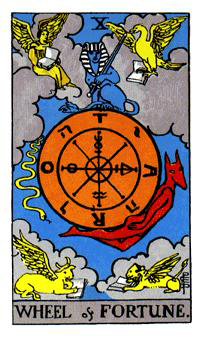
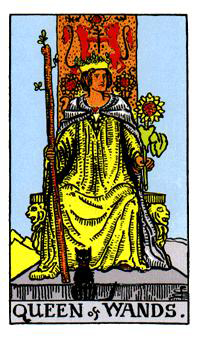
During World War I, Smith completed multiple illustrations designed to support the war effort. She was also involved in the Suffrage Atelier, a collective of illustrators supporting women’s right to vote.
Sadly, like most Unsung Heroines, after her father’s death, Smith struggled financially for the rest of her life. Although popular and of an easily recognizable style, Smith’s work never brought her any significant financial or professional benefits. When she died in 1951, her estate did not have enough to cover her debts.
As a devotee of Tarot, I am indebted to Pamela Coleman Smith for creating a deck I can relate to and use to deepen my understanding of this mystical tool. For me, the strength and power of Smith’s work is shown in the huge number of contemporary decks whose images are derived from Smith’s original creations. Each memorable card provides ample space for personal interpretation as well as creative inspiration to new artists. To me that is the essence of brilliance—the work stands on its own merits, and continues to inspire new generations.
Rider-Waite Tarot deck used with permission of U.S. Games Systems, Inc., Stamford, CT 06902. C. 1971 by U.S. Games Systems, Inc. All rights reserved. Rider-Waite is a registered trademark of U.S. Games Systems.
The Artwork & Times of Pamela Coleman Smith, by Stuart R. Kaplan, 2009, U.S. Games Systems.
Seventy-Eight Degrees of Wisdom, by Rachel Pollack, 1998, Thorsons Publishers.

BIO: Mary Gelfand is an ordained Interfaith Minister and a Wiccan High Priestess. As a Unitarian Universalist, she has served in both local and national leadership roles, including five years as national board president of the Covenant of Unitarian Universalist Pagans (CUUPS). She is an experienced teacher of Cakes for the Queen of Heaven—adult education program focused on feminist thealogy and the Great Goddess. A practicing Pagan, her spiritual life is rooted in the cycles and seasons of the natural world which are so abundantly visible in New England. She reads, teaches, and preaches about feminist theology, the Great Goddess, mysticism, and the mysteries of Tarot. As a fiber artist, she enjoys weaving tapestry and knitting gifts for strangers and friends.


Thank you Mary for this inspiring article on Pamela Smith! Indeed unsung, and how wonderful you bring this into our awareness!
LikeLike
Thank you for bringing our awareness to this unsung Heroine Mary, intriguing to learn more about her life history!
LikeLike
Wonderful historical lesson…..I too was drawn to Tarot – used it for one year and was convinced and realized too i could use anything because I can read this sort of thing…. now it’s nature i read directly.
LikeLike
Brava! I actually prefer Tarot decks in the French stream. Waite changed Cards VIII and XI for dumb reasons. I’ve heard that the Rider Waite deck is now being called the Rider Waite Smith deck. Yeah. Give the woman some credit for her splendid work!
LikeLiked by 2 people
Great to see your writing here at FAR again, Mary. I love the Rider-Waite-Smith deck, too, although in more recent years I’ve been using the Motherpeace Deck (because of Vicki Noble’s interesting Goddess-oriented discussions of the cards). My daughter, who is NYC-based artist, has always preferred the Rider-Waite-Smith deck. But in looking for her own copy 10 years ago, she didn’t like the colors used, so I finally gave her my copy (which had more saturated color) as a present.
LikeLike